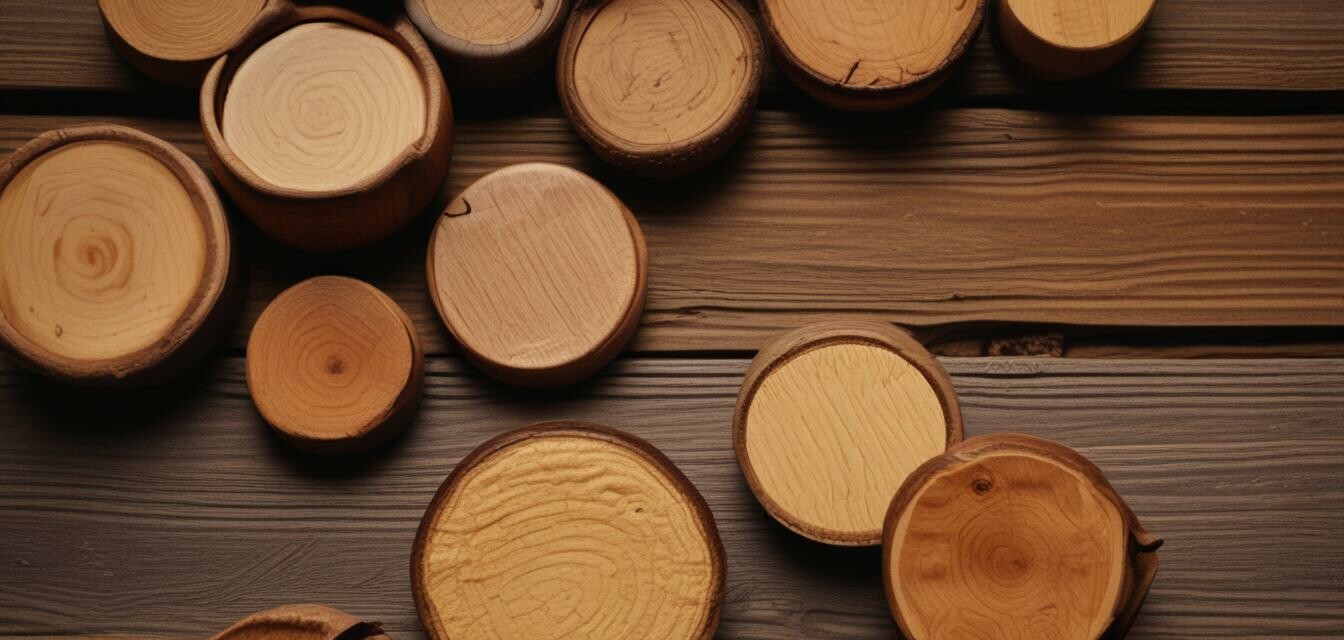
Comparing Natural Wood Finishes: Oils, Waxes, and Sealants
Key Takeaways
- Natural wood finishes provide protection and enhance the beauty of wood.
- Oils nourish and penetrate the wood, offering a warm appearance.
- Waxes create a soft sheen and protect the surface, ideal for maintenance.
- Sealants offer a durable barrier against moisture and wear.
- Selecting the right finish depends on the intended use and desired appearance.
Choosing the right finish for your natural wood products can greatly impact their durability and aesthetic appeal. With various options available — including oils, waxes, and sealants — it’s essential to understand the characteristics, benefits, and ideal applications of each type. This guide will help you navigate through these finishes to make an informed choice for your wood projects.
Understanding Natural Wood Finishes
Natural wood finishes are used to enhance and protect the surface of wood products. They provide a layer of defense against wear and environmental factors while highlighting the unique grain and texture of the wood. Each finish has its own set of properties suited for different uses, making it crucial to select the right one for your project.
Types of Natural Wood Finishes
| Type | Description | Best Used For |
|---|---|---|
| Oils | Penetrates the wood and provides a warm, natural look. | Furniture, countertops, and wooden toys. |
| Waxes | Adds a soft sheen and provides a delicate layer of protection. | Decorative pieces and items requiring frequent touch-ups. |
| Sealants | Forms a tough barrier against moisture and wear. | Outdoor furniture and high-traffic surfaces. |
Oils: Nourishing and Aesthetic
Oils are popular for their ability to penetrate deeper into the wood, nourishing it while enhancing its natural beauty. Common oils used in finishes include:
- Linseed oil
- Tung oil
- Coconut oil
These oils provide a rich, warm finish and are often used on various wooden surfaces, making them versatile for furniture and kitchenware. Regular reapplication is required to maintain their beauty and effectiveness.
Best Applications for Oils
- Ideal for indoor furniture due to their ability to create an appealing look.
- Safe for kitchen items, such as cutting boards and utensils.
- Excellent for wooden toys, ensuring safety and aesthetics.
Waxes: Soft Sheen and Easy Maintenance
Waxes are great for giving wooden surfaces a soft luster while providing a layer of protection. They are often used as a top coat over oils to enhance the finish further. Popular waxes include:
- Beeswax
- Carnauba wax
Waxes are generally easy to apply and require simple maintenance, making them a favorite for decorative pieces and surfaces with light-use areas.
Best Applications for Waxes
- Ideal for decorative home décor accents.
- Often used for furniture that doesn't face heavy wear.
- Perfect for items that require regular touch-ups.
Sealants: Long-Lasting Protection
Sealants provide a robust layer of protection against moisture, wear, and environmental elements. They are crucial for outdoor or high-use wooden products. Types of sealants include:
- Polyurethane sealants
- Acrylic sealants
- Varnishes
These finishes are designed to withstand more demanding conditions compared to oils and waxes, making them suitable for outdoor furniture and surfaces exposed to moisture.
Best Applications for Sealants
- Perfect for outdoor furniture and decor.
- Essential for surfaces in high-traffic areas, like kitchen tables.
- Recommended for wood exposed to moisture, such as window frames.
Comparing the Finishes
| Finish Type | Aesthetics | Durability | Maintenance |
|---|---|---|---|
| Oils | Warm & natural | Moderate | Periodic reapplication |
| Waxes | Soft sheen | Light protection | Regular touch-ups |
| Sealants | Glossy & tough | High durability | Minimal, long-lasting |
Choosing the Right Finish
Selecting the right finish requires considering the purpose of the item, the desired appearance, and how much maintenance you’re prepared for. Here are some factors to think about:
- Functionality: Will the piece be mainly decorative or functional, requiring more durability?
- Exposure: Will it be indoors or outdoors, impacting its ability to withstand the elements?
- Aesthetic preference: Do you prefer a glossy, matte, or natural look?
Conclusion
Understanding the differences between oils, waxes, and sealants will empower you to choose the proper finish for your natural wood products. By considering the specific needs of your project, you’ll ensure your wooden items not only look beautiful but also last for years to come.
Tips for Beginners
- Start with small projects to gain confidence in applying finishes.
- Test finishes on a scrap piece of wood to see how they look.
- Read product labels to understand the drying times and application methods.
Pros
- Enhances the natural beauty of wood.
- Protects and prolongs the life of wood products.
- Variety of options allows for tailored applications.
Cons
- Some finishes may require regular maintenance.
- Initial application can be labor-intensive.
- Certain finishes may not be as durable for heavy-use items.
Further Reading
For more detailed insights into natural wood products, check out our additional resources: